
Hi! I am your latissimus dorsi muscle, the broadest muscle in your entire back. My Latin name reveals my roots: latissimus meaning broadest, and dorsum meaning back. But, like most of my body builder friends, you can call me “lats” for short.
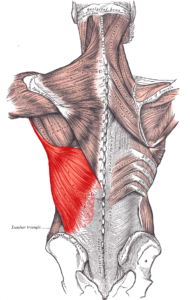
So what do I do for a living? My day job entails extending the shoulders, adducting the shoulders and medially rotating the shoulders at the glenohumeral joints. My work is no small feat considering how many bodies use me to pull their arms back or raise their arms overhead (like a cheerleader creating a “V” shape with her arms- V for Victory!).
I also do some work on the side. You may have heard of me in such synergistic roles as “Half Moon” or “Gate Pose.” No? Well, they are bit parts where during yoga postures I am called to laterally flex or arch the spine to one side. And children love me in my “Pull up on the Monkey Bars at the School Playground” action. Those are lesser roles, but given that I bypass the scapulothoracic joints and attach directly to the spine, I influence the movement of the scapulae. In other words, without me, the whole process of pulling down your arms, or waving your arms during your favorite Zumba class would just go awry.
So the next time you are admiring your back in all its glory, remember it’s your good buddy “lats” that plays the leading role.
Find Yoga Tune Up Teacher Trainings
Check out the Yoga Tune Up Accessories



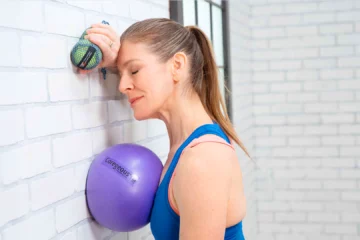
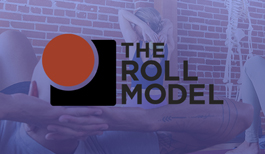



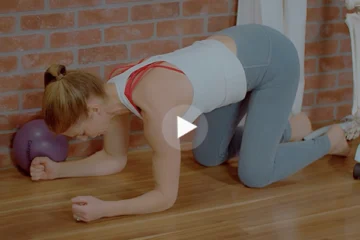
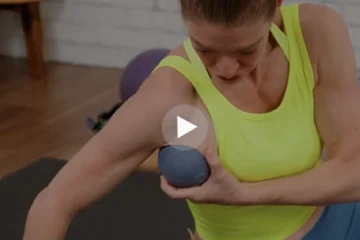


I already liked ”lats”, but now I like them even more. Thank you for this very informative and entertaining post. 😀
Thanks for this humorous and informative post! I’m recently becoming more aware of my lats and how many actions they are part of.
What a fun article! Im in YTU Level 1 training and still in the process of learning and knowing the anatomy of the body. The language in a lot of the anatomy books can get a little tedious, so I really enjoyed your lesson on the Lats!;-) Thanks!!
Great tone for this article- you really kept me intrigued as the muscle told its story. I didn’t realize they were the broadest muscle either– makes sense if they are responsible for so much heavy lifting!
Thanks Christina, for giving the Lats. a voice. Bringing them to life like that creates an association for me that’s easier to remember the anatomical info. I’m thinking going to the wall with the YTB’s and turning laterally to the wall and stripping the Lats up and down, especially closer to the upper attachment, would be very effective.
Christina, thanks for the playful post. It was good to get a lineage of the name, that helps me contextualize it and remember where it is, how important it is, and how to honour this muscle. Thank you 🙂
This article made me think of what poses in yoga the latissimus dorsi is involced……so many more then you think! This muscle is a major contributor to sitting in meditation for long periods of time. Contracting the lats helps to keep the chest lifted and open.
Christina, so good to see you in the YTU Level 1 TT. Love the character added to the lats in this article as this muscle is a dominant muscle of the back and shoulders and weak in most of my clients. One of my favorite YTU exercise that taught me that my lats were not as strong as I thought is Bodysurfing on a blanket. Trying to incorporate this more into my own practice to build that stability strength. 🙂
Hello Christina,
One of my favorite major league baseball players just returned, recovering from a “lat strain.” I marvel at his strength as he winds and releases the ball. However, I am not surprised that he strained the lattisimus dorsi given the force of his wind-up. I understand that lat strain is a common injury among major league baseball players. I hope that you consider including in your next post a discussion on range of movement (ROM) and how to safely remain in it when using this important muscle. Thank you.
Thanks so much for this! When concentrating on alignment and placement in poses like down dog and chaturanga, I SERIOUSLY FEEL MY LATS especially on the left side where I have the most shoulder instability. Their action at the shoulder joint to medially rotate did not make sense to me and now I realize it is more the movement of that muscle on the spine and scapula that I am sensing.
I always envision the lats as only under the armpit. I never really think of them as being such a broad area in the entire back. I also love the format of this article and for a second I was thinking to myself, what kind of work does this Christina chick do where she’s constantly extending , adducting and medially rotating her shoulders!…Very cute, and truth in the fact that our muscles do talk to us! I will definitely be thinking about my lats today. Thanks!
Correct me if I’m wrong, but I’m not sure that the Latissimus dorsi raise the arms overhead?
Impressed that you included the scapulothoracic joint in your list. Also a really nice breakdown of what lats do in typical laymans’ terms, which makes it easy to share with non exercise people.
Thanks for your post, Christina. I appreciate your reminder that the lats actually attach to both the scapulae and humerus. They do a lot more than they get credit for!
I love the format of this article! It’s like an interview with the ‘lats’! The first paragraph paints a clear picture of the muscle and it’s many roles and functions. I love how the muscle is doing the speaking. It allows the reader to really understand if they are not as familiar with words such as lateral and adducting, because the author gives examples afterwards.
Thank you Christina for your article. It was a reminder to me to point the “lats” out to my yogis as they move through asana. I talk of its neighbour, serratus anterior a lot, but realize I need to invite the lats! I enjoyed how you related the muscle to other modalities!